.jpg)
|
Anping Yilida Metal Mesh Co., Ltd.
|
perforated metal meshes
| Price: | 10.0~100.0 USD |
| Payment Terms: | T/T |
| Place of Origin: | Hebei, China (Mainland) |
|
|
|
| Add to My Favorites | |
| HiSupplier Escrow |
Product Detail
Punching metal is a metal fabricating process that removes a scrap slug from the metal workpiece each time a punch enters the punching die.
Punching
Punching metal is a metal fabricating process that removes a scrap slug from the metal workpiece each time a punch enters the punching die. This process leaves a hole in the metal workpiece.
Characteristics of the punching process include:
Its ability to produce economical holes in both strip and sheet metal during medium or high production processes.
The ability to produce holes of varying shapes - quickly.
Its ability to produce economical holes in both strip and sheet metal during medium or high production processes.
The ability to produce holes of varying shapes - quickly.
The punching process forces a steel punch, made of hardened steel, into and through a workpiece. The punch diameter determines the size of the hole created in the workpiece.
The illustration that follows provides a two-dimensional look at a typical punching process. Note how the workpiece remains and the punched part falls out as scrap as the punch enters the die. The scrap drops through the die and is normally collected for recycling.
Punched material is most normally in sheets. Roll material can also be punched.
Punched material is most normally in sheets. Roll material can also be punched.
The illustration that follows shows a few common punch and die configurations and the workpieces that would be formed by this combination. Multiple punches can be used together to produce a complete part with just one stroke of the press.
View an overview of punching services any of the metal forming processes offered by Advantage Fabricated Metals, or view a full table that matches the metals to the metal fabricating services we offer.
View an overview of punching services any of the metal forming processes offered by Advantage Fabricated Metals, or view a full table that matches the metals to the metal fabricating services we offer.
For more information about Advantage.
Didn't find what you're looking for?
Post Buying Lead or contact
HiSupplier Customer Service Center
for help!
Related Search
Brass Metal Meshes
Perforated Metal
Perforated Metal Sheet
Perforated Metal Mesh
Galvanized Perforated Metal
Galvanized Perforated Metal Mesh
More>>

.jpg)
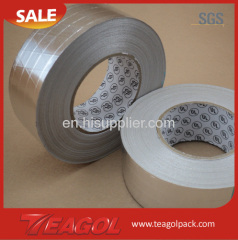
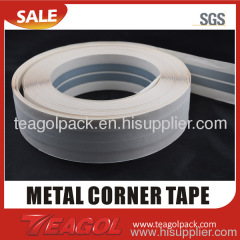
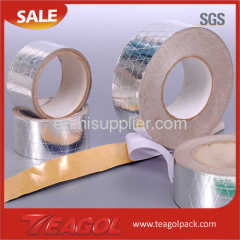
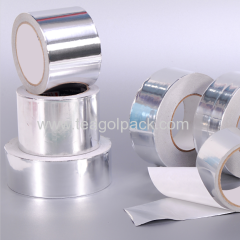
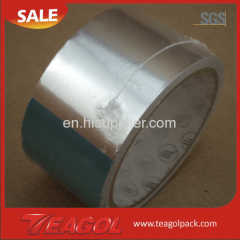
.jpg)
.jpg)
.jpg)
.jpg)
.jpg)
.jpg)
.jpg)
.jpg)
.jpg)
.jpg)
.jpg)
.jpg)
.jpg)
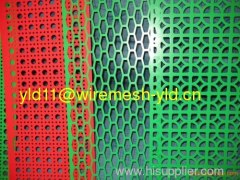
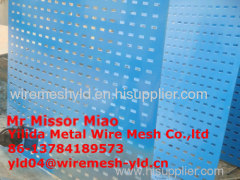
.jpg)
.jpg)
